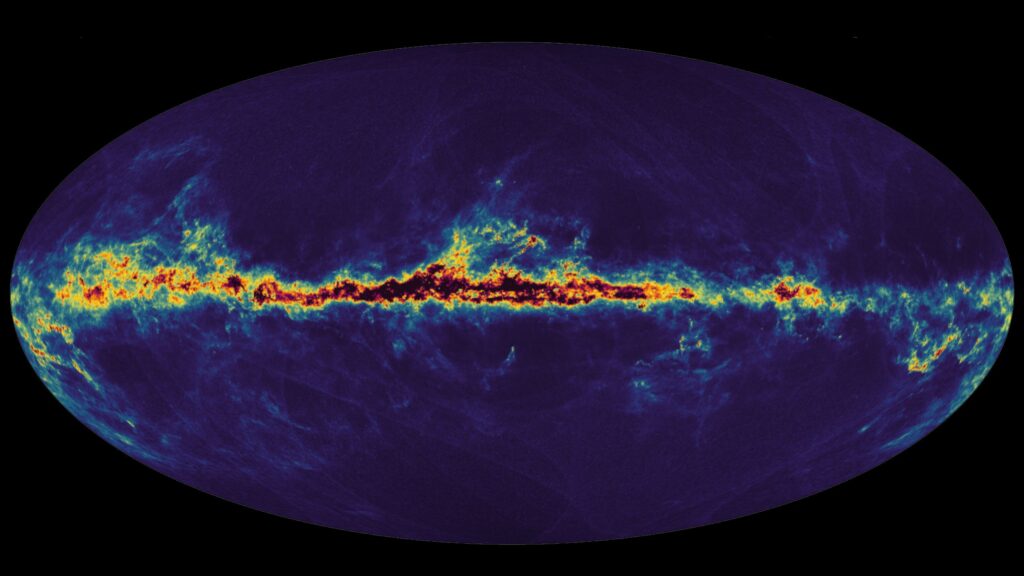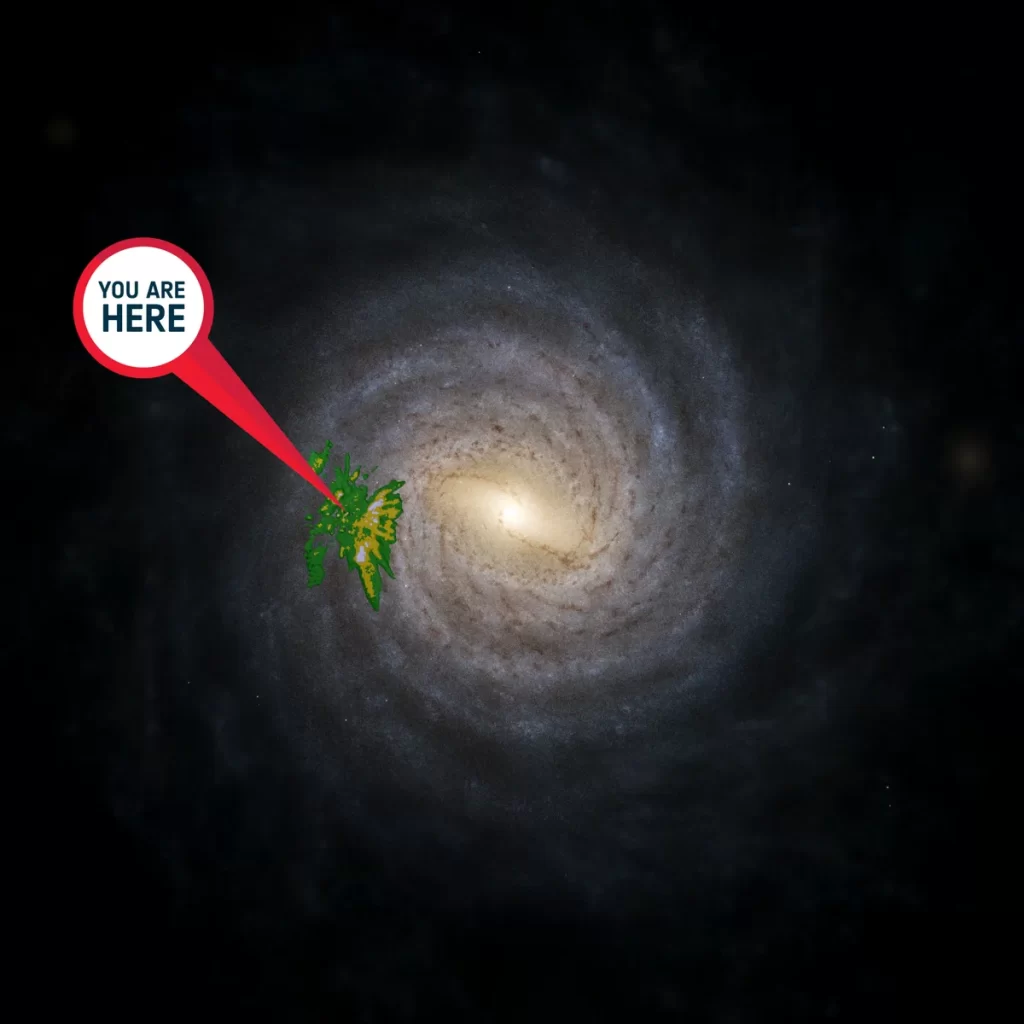The ambitious endeavor is called Gaia, and for the last several years, ESA has been steadily making progress on the dream. Scientists who’re part of the collaboration have collected tons of spectacular data about the more than 1 billion stars throughout our galaxy, recording every juicy detail along the way.


This map shows the interstellar dust that fills the Milky Way. The dark regions in the center of the galactic plane in black have a lot of interstellar dust, fading to yellow as the amount of dust decreases. The dark blue regions above and below are areas with little dust.
ESA/Gaia/DPAC/CU6, N. Leclerc, P. Sartoretti and the CU6 team
According to the team, among the most surprising discoveries of Gaia’s data release 3 are strange phenomena called “starquakes.”
Starquakes are pretty much exactly what they sound like – tiny motions on the surface of a star that can alter its orblike shape. Some of these quakes ESA compares to vibrations we associate with “large-scale tsunamis” on Earth.
“Starquakes teach us a lot about stars, notably their internal workings. Gaia is opening a goldmine for ‘asteroseismology’ of massive stars,” Conny Aerts of KU Leuven in Belgium, and a member of the Gaia collaboration, said in a statement.
Asteroseismology is to stars what seismology is to Earth, the study of quakes and other such wave propagation. A rundown of the starquake portion of Gaia’s new data can be seen below.
Taking this all a step further, viewing the efforts of Gaia kind of reminds us of our place in the universe. Mapping a region far, far vaster than Earth’s immediate neighborhood inevitably forces human existence into perspective.
As Recio-Blanco puts it, “It also clearly shows that our sun, and we, all belong to an ever changing system, formed thanks to the assembly of stars and gas of different origins.”
Other remarkable sightings with Gaia include over 800 binary star systems, which refer to two stars orbiting one another, in contrast to our solar system’s singular sun, and a new asteroid survey comprising 156 ,000 rocky bodies.


This image shows an artistic impression of the Milky Way, and on top of that an overlay showing the location and densities of a young star sample from Gaia’s data release 3 (in yellow-green). The “you are here” sign points towards the sun. ESA/Kevin Jardine, Stefan Payne-Wardenaar
Source: https://www.cnet.com/






